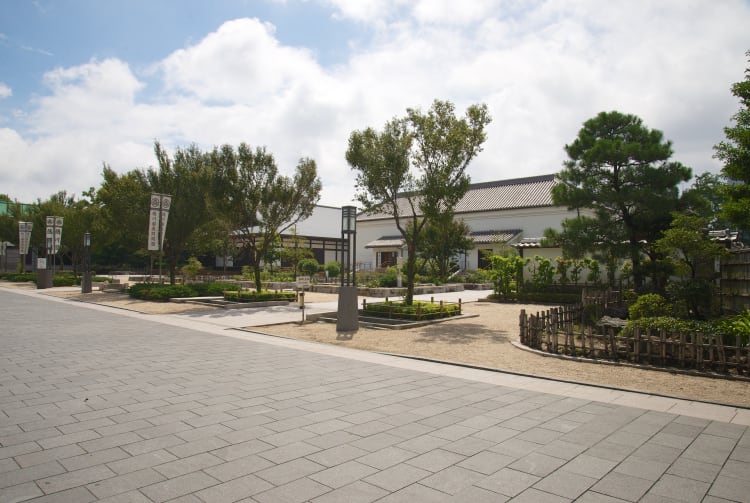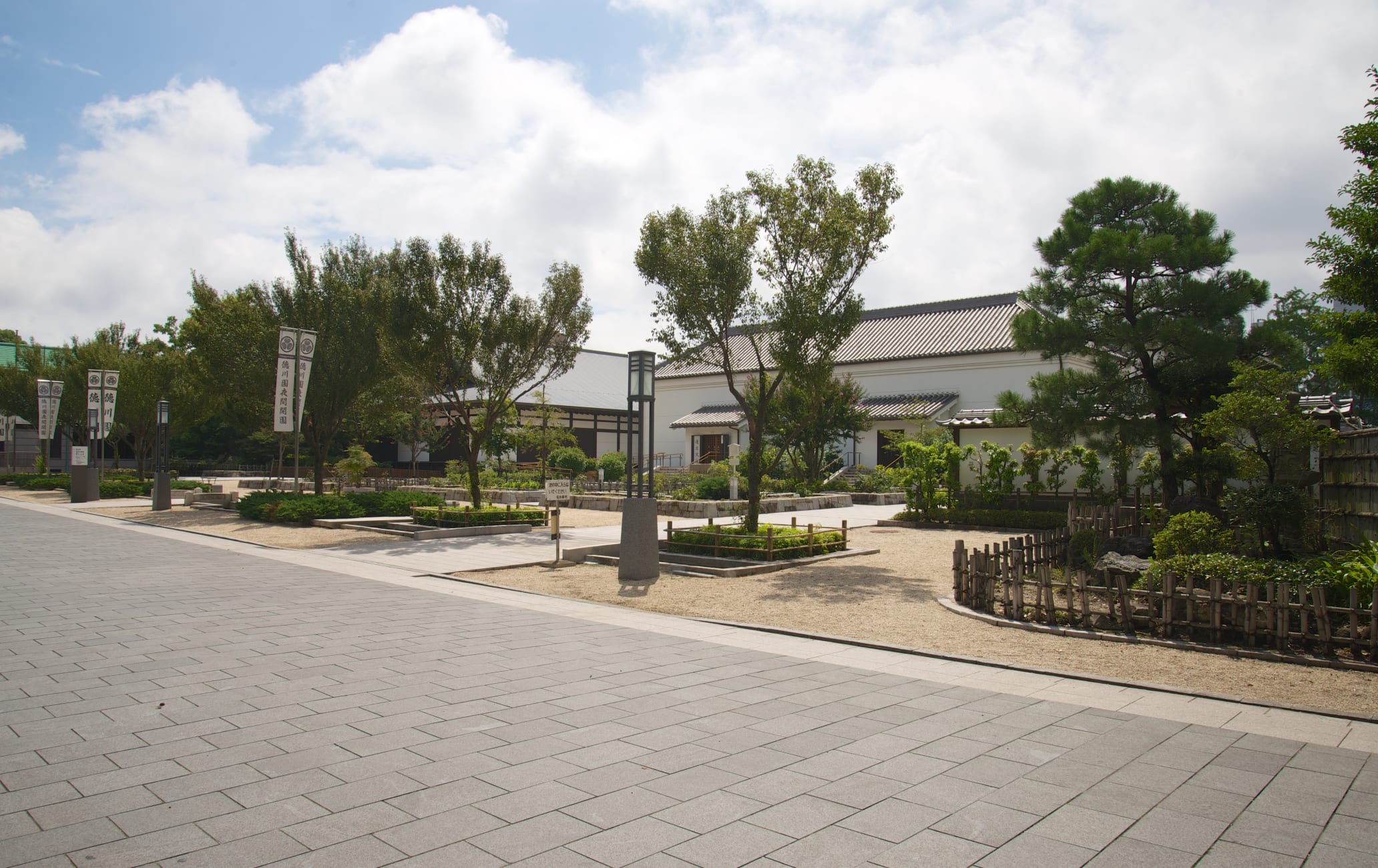Top museum of samurai art and culture
The Tokugawa Art Museum houses an extensive, and perhaps unrivaled, collection of samurai artifacts from the most senior of the three sub-branches of the house of the Tokugawa shogunate. It is a must for those with an interest in Japan's vast, storied history.
Don't Miss
- The Symbol of the Warrior permanent exhibition
- Limited exhibition of the Tale of Genji picture scrolls
- Armor of the Owari Tokugawa feudal lords
How to Get There
From Nagoya Station take the JR Chuo Line to Ozone from where the museum is a 15-minute walk. You can also access the area by bus.
The number 2 bus from Nagoya Station will take you directly to the museum. It is 10 stops and takes approximately 25 minutes.
Quick Facts
The Tokugawa Art Museum was established in 1935
The attached Tokugawa Park was once the grounds of a samurai manor
The current museum director, Yoshitaka Tokugawa, is the 22nd Head of the Owari Tokugawa family, descended from the first Tokugawa Shogun, Tokugawa Ieyasu (1543-1616).

National treasures galore
Take a step back in time as you wander through the Tokugawa Art Museum's extensive and spectacular exhibitions. The core of the collection was donated by a direct descendant of the first Tokugawa shogun and includes a priceless collection of art objects, furnishings, and heirlooms.
The jewel in the museum's crown is sections of the early 12th century illustrated "Tale of Genji," the oldest extant novel in the world. As one of the earliest surviving depictions of this epic tale, the scrolls are not on permanent display but are exhibited for one week in November.
Astonishing art and unrivaled literature
Including the astonishing literary work "The Tale of Genji," there are 10 designated National Treasures and many more highly important works for you to discover.
Among the collection, you can see more than 12,000 items including swords, armor, Noh costumes, and lacquer. Handed down through the Tokugawa clan, the museum is uniquely blessed with an incredible wealth of historical information.
The permanent collection is the Symbol of the Warrior with an extensive focus on the samurai and important artifacts pertaining to their lives and crafts. Elaborate and fierce-looking armor, powerful katana swords, ornate saddle and stirrups, and even clothing for firefighting are exquisitely maintained and displayed.
Other exhibits in the permanent collection include formal and common furnishings and objects from the daimyo lord's residence, tea ceremony utensils, and artifacts from the patronage of Noh theater.
As a visitor to the museum, you also have access to the nearby Hosa Bunko library that houses a huge literature collection that has been passed down through the generations of the Owari Tokugawa family. There are 3,000 volumes from the first shogun's personal library.
Painting the palettes of the seasons
Complimenting this amazing collection of samurai artifacts is Tokugawa Park, a beautiful example of the classic Japanese garden.
Tokugawaen is particularly beautiful in March and April with the blooming of the first plum blossoms. This is followed by the cherry blossoms casting a delicate pink hue and the faint scent of spring across the park. In November the park is popular for fall aficionados as the maple leaves turn to red and the locals celebrate the beauty of autumn.
Making fishy friends
Stroll around the park and you will find all manner of delightful areas of cultivated beauty such as the quaint rose gardens and a dramatic waterfall.
The park's centerpiece is a large koi carp pond, where the fish are so friendly they come right up to the water's edge to greet you.

























































